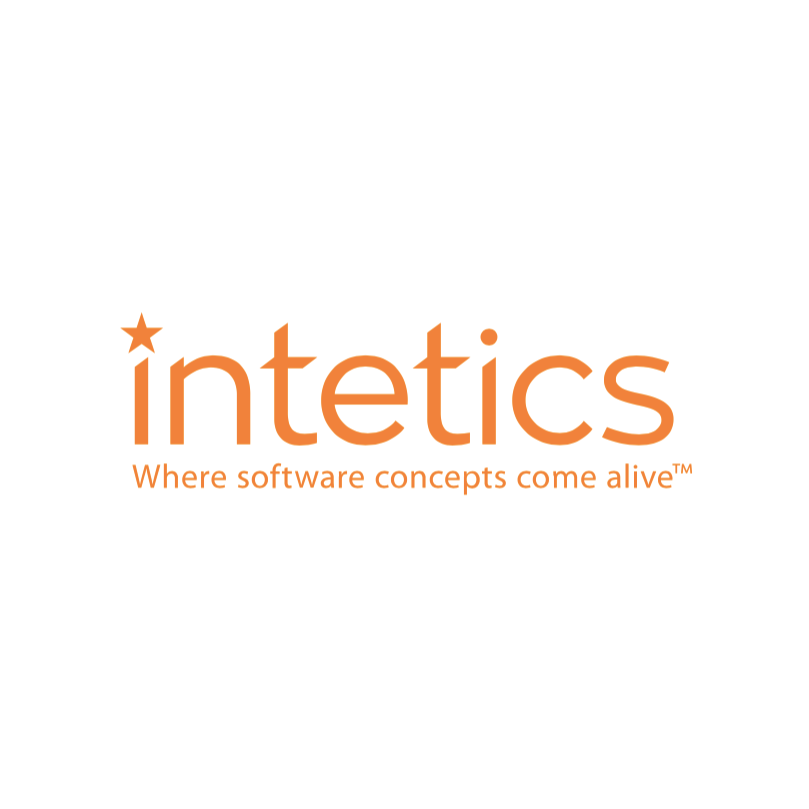183 reads
How to Include Open Source Code in Your Product
by
December 17th, 2021
Audio Presented by

Intetics is a global technology company providing custom software development solutions and distributed teams.
About Author
Intetics is a global technology company providing custom software development solutions and distributed teams.